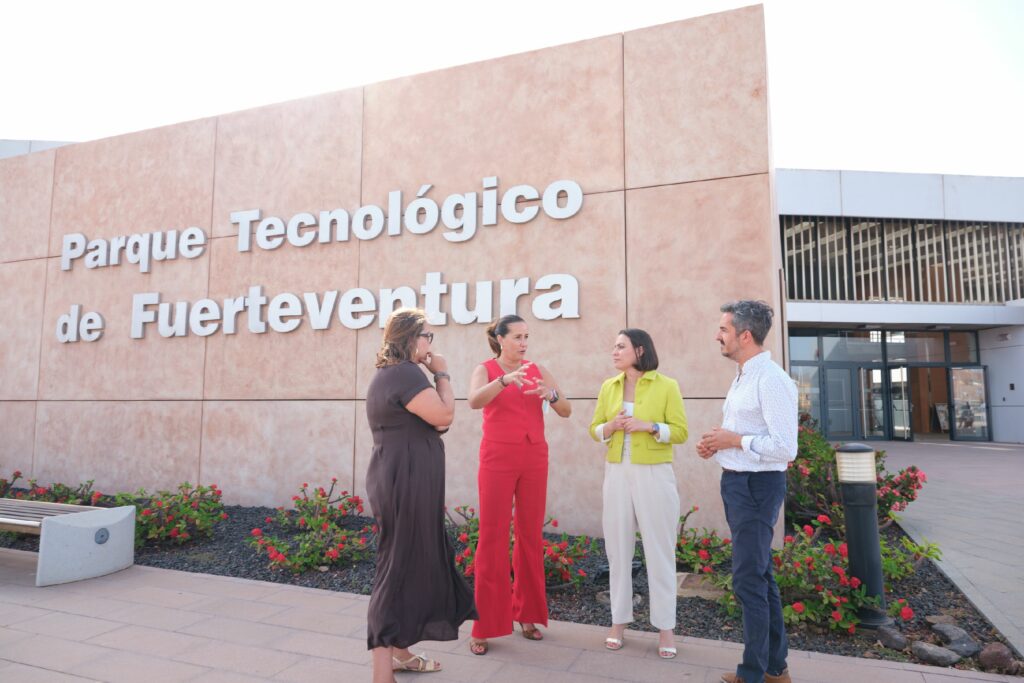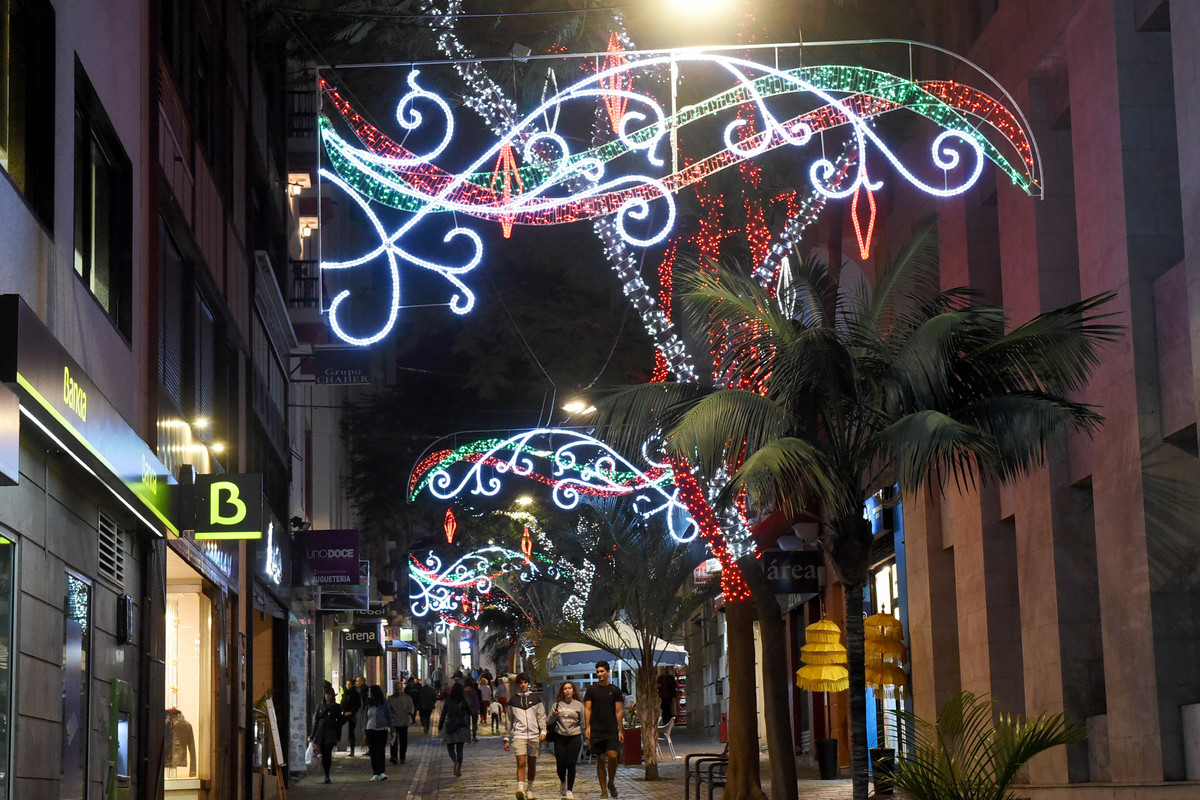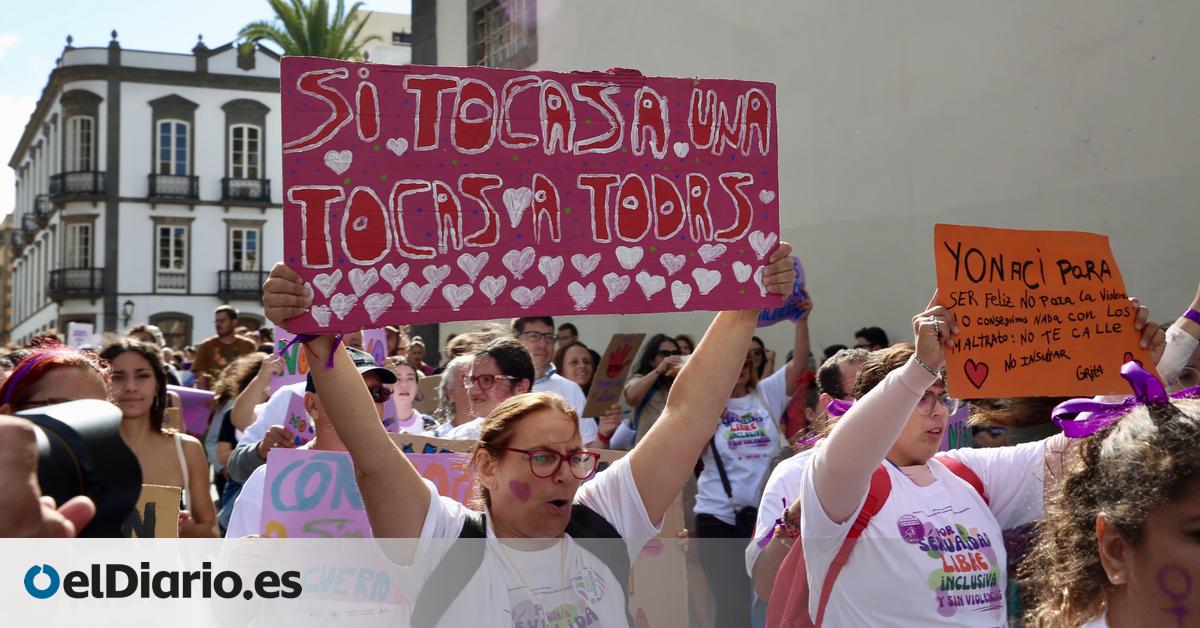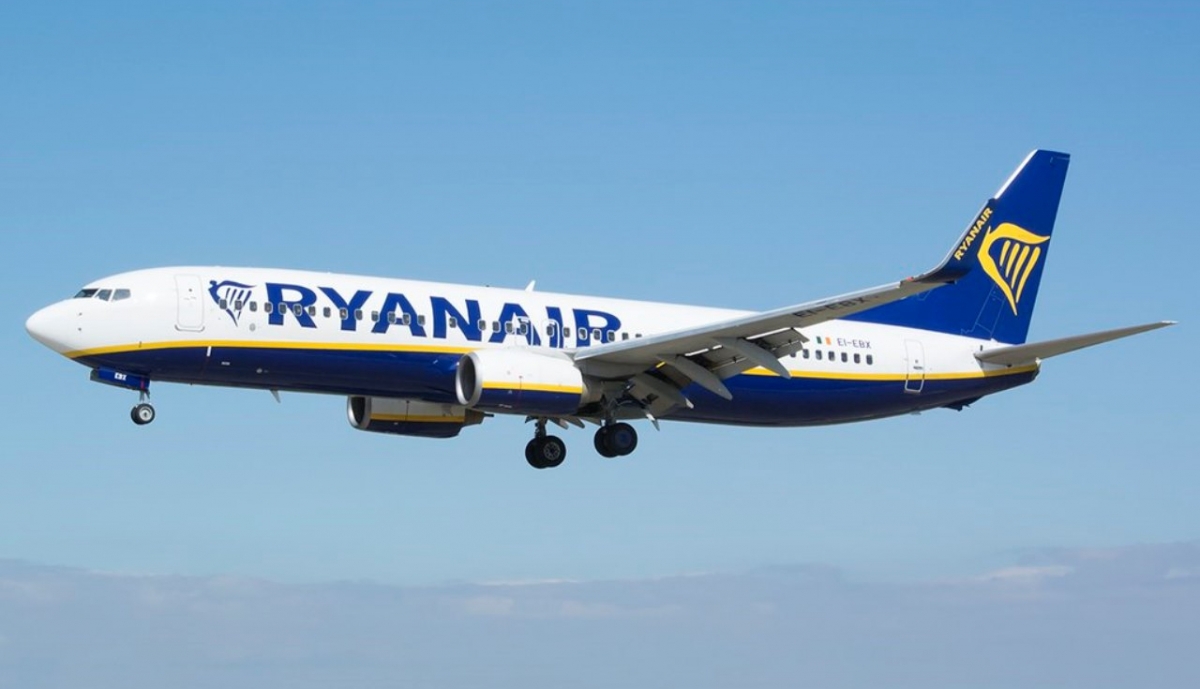
➡️
Canary Islands Revealed: A Literary Journey Between Rediscovery and Conquest
by Alfonso Licata
Centuries before the sunny beaches of the Canary Islands became a coveted destination for millions of tourists, this volcanic archipelago was the stage for intense exploration, conquest, and study following its ‘rediscovery’ in the medieval era. From bold navigation to the writings of intellectuals, the Canary Islands emerged from the mists of oblivion thanks to a variety of protagonists, each playing a unique role in shaping their history and image in Europe.
The Genoese Lanzarotto Malocello, probably in 1312, broke the veil enveloping the fortunate islands. Though his twenty-year stay in Lanzarote is only known through Angelino Dulcert’s portolan from 1339, his audacity cements him as the first European to establish prolonged contact with the archipelago after Antiquity. His presence, while shrouded in the mystery of sources, marked the beginning of a new era of interest in these lands.
Decades after Malocello, it was the great Florentine literati Giovanni Boccaccio who offered the first detailed description of the Canary Islands. His 1342 treatise, “De Canaria,” is not a personal travelogue but rather a careful reworking of an account from a Florentine expedition in 1341. Thanks to Boccaccio, educated Europe not only learned of the geography of the islands but also of the uses, customs, and even the language of the enigmatic Guanches, the indigenous Canarians. Boccaccio’s work testifies to an almost ‘scientific’ approach to discovery, anticipating ethnography by centuries.
With the advent of the 15th century, the tone radically changed. “Le Canarien,” the chronicle of the Norman conquest led by Jean de Béthencourt and Gadifer de la Salle from 1402, represents the most complete and vivid narrative of this period. Available in various versions, this work meticulously recounts the expeditions, encounters, battles, and the islands’ gradual submission. It is a crucial testimony of European expansion and the dramatic impact on indigenous peoples, fundamental for understanding the inevitable colonisation.
By the mid-15th century, the Atlantic scene saw navigators like the Venetian Alvise da Ca’ da Mosto and the Genoese Antonio da Noli, both in the service of Henry the Navigator of Portugal. Although their explorations primarily focused on the African coasts and the Cape Verde Islands (discovered by Da Noli in 1460), the Canary Islands were a strategic reference point in their routes. Their “Navigations” and their commercial and colonial activities helped define the emerging ‘Atlantic World,’ positioning the Canary Islands at the centre of the growing disputes between Iberian powers for control of ocean routes. Despite not producing specific ‘chronicles’ about the Canary Islands, their maritime adventures consolidated geographical and strategic knowledge of the archipelago.
The Swiss canon and jurist Felix Hemmerlin (ca. 1388-1460) offers a different perspective. In his “De nobilitate et rusticitate dialogus,” he was not a traveller but an intellectual who incorporated news about the Canary Islands into his philosophical-social debates. His mention of the islands, although based on second-hand information, demonstrates how Atlantic discoveries began to permeate European academic thought, stimulating reflections on human diversity and the expansion of the known world.








The role of the Catholic Church in the knowledge and assimilation of the Canary Islands was omnipresent. Long before the complete conquest, the Popes showed a keen interest in the islands. As early as 1344, for example, Pope Clement VI appointed Luis de la Cerda as ‘Prince of the Fortunate Islands,’ an act that, although never materialised militarily, legitimised European ambitions and focused papal attention on the archipelago.
As the conquest progressed, the Church became an integral part of the process. The mendicant orders, particularly the Franciscans and Dominicans, were among the first to establish missions. It was the missionaries who drafted the first grammars of the indigenous languages (albeit fragmented), compiled accounts about the populations, and acted as cultural intermediaries, seeking to understand and convert the Guanches. The founding of the first dioceses, such as Rubicón in Lanzarote (the first transoceanic episcopal seat in Europe), and the appointment of bishops like Mendo de Viedma (who operated in the early decades of the 15th century), marked the institutionalisation of ecclesiastical presence. These prelates and their vicars were key figures not only in evangelisation and ecclesiastical organisation but also in gathering information about the islands and their integration into the European Christian context. Their correspondence and ecclesiastical records represent precious sources for historians today.
In the 16th century, the narrative of the Canary Islands enriched with critical voices denouncing the violence of conquest. Concurrently, key figures like Pedro Mártir de Anglería (1457-1526), a humanist and historian at the Spanish court, although primarily focused on new American discoveries, offered an important perspective on the Canary Islands. In his famous “Décadas del Nuevo Mundo” (Decades of the New World), one of the first and most authoritative works documenting travels and discoveries on the American continent, Anglería repeatedly mentions the Canary Islands not only as a necessary stopping point for fleets heading to America but also as the ‘gateway’ to the New World. His brief descriptions emphasise the strategic importance of the archipelago and its role as a springboard for Spanish transatlantic expansion, placing the Canary Islands in a global perspective and anticipating their future centrality in trade and colonial routes.
This view of the strategic role of the Canary Islands is joined by critical voices such as that of the Milanese Girolamo Benzoni, author of “The History of the New World,” who, while concentrating on the Americas, dedicates a significant section to the Canary Islands. He describes them as an essential starting point for transatlantic expeditions, yet does not hesitate to harshly criticise the brutalities of conquest and the fate of the indigenous peoples.
Joining this critique with even greater power is the figure of Bartolomé de Las Casas (1484-1566). This Spanish Dominican friar, a former encomendero turned staunch defender of indigenous rights, is renowned for his denunciations of the atrocities committed by conquerors in the New World. Although his main field of action was America, his works, particularly the “Brevísima relación de la destrucción de las Indias” (Brief Account of the Destruction of the Indies) and the “Historia de las Indias” (History of the Indies), make explicit reference to the Canary Islands as the first ‘laboratory’ of Spanish conquest and treatment of indigenous peoples. Las Casas viewed the Canary Islands as the prologue to tragedies that would later be replicated in America, a place where the Guanches were exterminated, reduced to slavery, and forcibly Christianised. His testimony, based on direct experiences and a profound understanding of events, offers a moral and historical condemnation of colonial violence, making him one of the most significant figures in the reflection on human rights and the ethics of discovery.
From the adventurous curiosity of Malocello to the critical reflection of Las Casas and Benzoni, through the detailed chronicles of conquest, the insights of literati, and the organisation of the Church, the Canary Islands have undergone a profound transformation. They have become not only a geographical crossroads for European expansion but also a laboratory for cultural encounters and a catalyst for new forms of narration and knowledge. Their post-rediscovery history is a complex mosaic of navigation, violence, curiosity, and ultimately, the inevitable interconnection of a world that was becoming increasingly vast.














